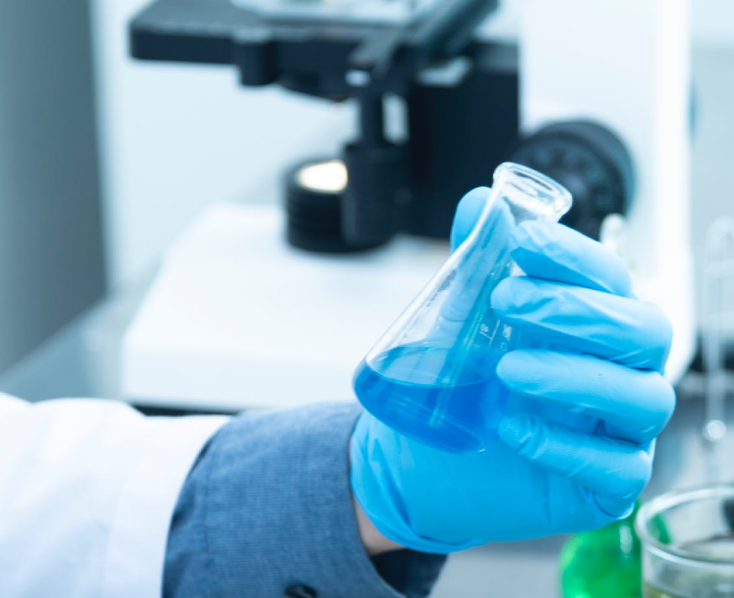Infrastructure facilities of Cell Biology Lab include 7900HT Fast Real-Time PCR System (Applied Biosystems), Mastercycler® pro (Eppendorf(link is external)), The StepOnePlus™ QPCR (EPPENDORF), FACSCalibur Flowcytometer (BD Bioscience) and X71 INVERTED MICROSCOPE (OLYMPUS).
